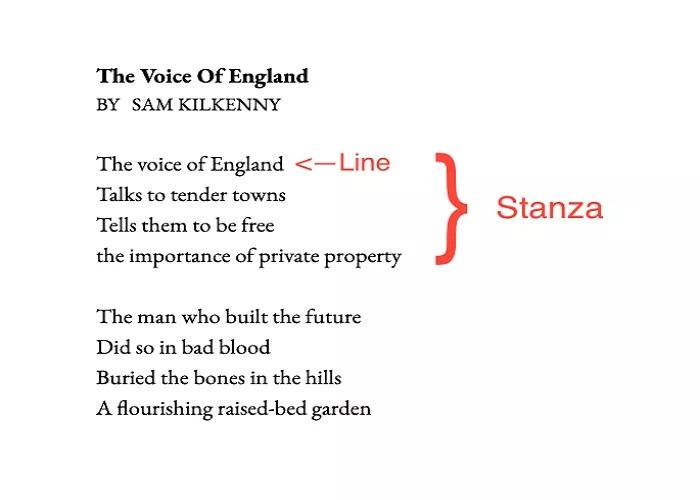How Many Stanzas Are There in Villanelle’s Poem?

A Villanelle is a highly structured form of poetry that originated in France. It is known for its repetitive lines and rhythmic pattern, which create a musical and memorable effect. The Villanelle consists of 19 lines divided into five tercets (three-line stanzas) and one quatrain (a four-line stanza). This structure gives the Villanelle its distinctive shape and sound.
The key features of a Villanelle include:
-
19 lines in total
-
5 tercets (three-line stanzas)
-
1 quatrain (four-line stanza)
-
Two repeating refrains
-
A specific rhyme scheme
Origin and Evolution of the Villanelle
The term “villanelle” originates from the Italian word “villanella,” meaning a rustic song or dance, which in turn comes from “villano,” meaning peasant. Initially, villanelles were simple, pastoral songs without a fixed form. The structured form we recognize today evolved later, with Jean Passerat’s “Villanelle (J’ay perdu ma Tourterelle)” from 1606 often cited as a pivotal example.
Structure and Form of a Villanelle
A standard villanelle comprises:
-
Five Tercets: Each tercet follows an ABA rhyme scheme.
-
One Quatrain: The final stanza follows an ABAA rhyme scheme.
The first and third lines of the opening tercet serve as alternating refrains throughout the poem:
-
First Line (Refrain 1): Repeats as the last line of the second and fourth tercets, and as the penultimate line of the quatrain.
-
Third Line (Refrain 2): Repeats as the last line of the third and fifth tercets, and as the final line of the quatrain.
This pattern can be represented as
A1 b A2 a b A1 a b A2 a b A1 a b A2 a b A1 A2
Here, “A1” and “A2” are the refrains, and lowercase letters represent the rhyming lines.
Meter and Variations
While the villanelle does not mandate a specific meter, many poets choose to write in iambic pentameter, lending a rhythmic and melodic quality to the poem. However, variations in meter are acceptable, allowing poets flexibility in expression.
Examples of Notable Villanelles
Several renowned poets have embraced the villanelle form:
-
“Do Not Go Gentle into That Good Night” by Dylan Thomas: This poem exemplifies the villanelle’s capacity to convey intense emotion through repetition and rhyme.
-
“One Art” by Elizabeth Bishop: Bishop utilizes the villanelle’s structure to explore themes of loss and acceptance.
-
“The House on the Hill” by Edwin Arlington Robinson: Robinson’s villanelle reflects on the passage of time and the inevitability of change.
Writing a Villanelle: Tips and Techniques
For those interested in crafting their own villanelle, consider the following guidelines:
1. Choose Two Strong Refrain Lines: Select lines that encapsulate the poem’s central themes, as their repetition will reinforce the poem’s message.
2. Establish a Consistent Rhyme Scheme: Adhere to the ABA rhyme pattern for the tercets and ABAA for the quatrain.
3. Maintain Rhythm: While a specific meter isn’t required, maintaining a consistent rhythm enhances the poem’s musicality.
4. Embrace Repetition: Use the refrains to build intensity and deepen the emotional impact.
Conclusion
The villanelle’s distinctive structure, characterized by its six stanzas—five tercets and a concluding quatrain—offers poets a unique framework to explore themes with musicality and depth. Its repetitive nature challenges writers to express ideas within a fixed form, resulting in poems that resonate with rhythm and emotion.
- Art
- Causes
- Crafts
- Dance
- Drinks
- Film
- Fitness
- Food
- Giochi
- Gardening
- Health
- Home
- Literature
- Music
- Networking
- Altre informazioni
- Party
- Religion
- Shopping
- Sports
- Theater
- Wellness


